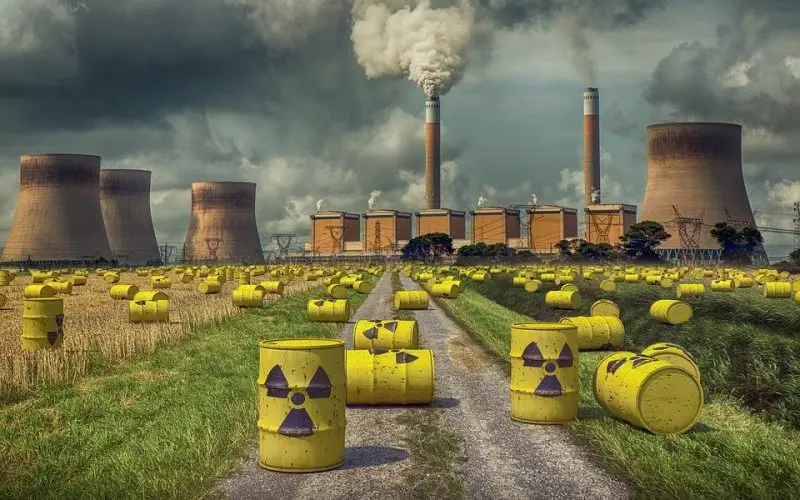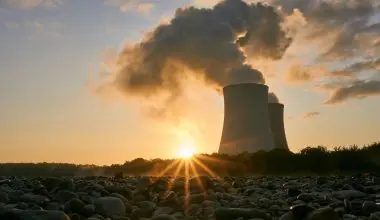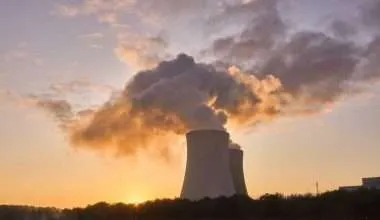Table of Contents Show
What is Nuclear Waste?
Just like other ways of generating energy; Nuclear fuel also releases waste as a by-product when used to generate electricity. However, only a small amount of nuclear fuel is sufficient to generate enormous amounts of electricity.
Nuclear waste is generated through every step of the process of electricity generation. Since the amount of fuel used is so minute, the nuclear waste is similarly small. However that small amount is very harmful if released directly into the environment without treatment. Scroll to know why!
Types of Nuclear Waste
Three types of nuclear waste is generated from nuclear facilities and is classified according to its radioactivity;
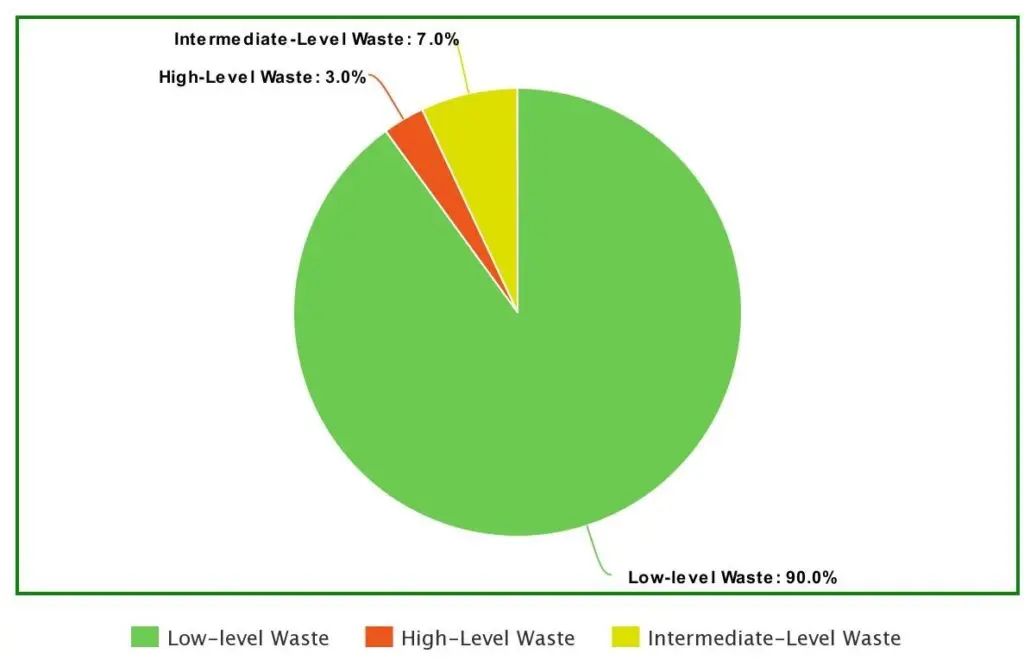
Low-level (90% of total waste): Low-level waste includes equipment and Protective clothing and contains only 1% of total radioactive potency (below 12 GBq/tonnes of beta-gamma activity).
Intermediate Level (7% of total waste): Intermediate-level waste includes steel machinery within the reactor, filters and some by-products of nuclear reprocessing. It contains only 4% of radioactive potency. Intermediate-level waste does need some shielding after disposal.
High-Level Waste (3% of total waste): High-level waste is mostly the used up nuclear fuel. Although high-level waste is only 3% of the total nuclear waste volume, it contains 95% of radioactive potency. Hence, it requires cooling as well as shielding of nuclear waste after disposal.
How does Nuclear Waste Affect Humans?
Nuclear waste is very dangerous for living organisms as it affects the body cells. It usually causes mutations in the body on a cellular level which can further cause cancer and other health conditions in the long run.
Initially, the person won’t experience symptoms in the body. But if a person is repeatedly exposed to high radiation levels like those found in vicinity of nuclear reactors, it would lead to irreversible destruction of many cells in the body and there may be no cure to save the person.
The good news is that radioactivity takes time to decay. The bad news is that it would take a lot of time, sometimes thousands of years.
Reasons Why is Nuclear Waste so Dangerous
1. No Long-term storage solution to Nuclear fuel by-products
Nuclear power plants supply around 11% of the world’s electricity through 449 operating nuclear plants as of now. They don’t have any safe long-term waste storage repositories.
The primary way used to deal with radioactive waste at this moment is to store it somewhere, and figure out later what to do with it and how to get rid of it.
The commonly used places are oceans and seas because they have a great capacity of diluted radiation. This type of contamination is not safe as it spreads in our marine ecosystem and damages it. Also, the oceans and seas can only take so much.
2. The Future is Unpredictable
The safest way believed to store nuclear waste is in deep geological repositories, the waste should be kept away for very long periods of time for the nuclear activity to die down.
There are many problems with this concept:
- It can not be predicted for how long would these repositories last for.
- How can nuclear waste disposal sites be built in a way best to resist erosion?
- How to make sure these storage sites can remain untouched by our future generations.
- It can not be guaranteed 100 percent about the safety of the communities which would be living close to the area.
3. Contaminates the Environment
The radioactive contamination can spread like wildfire into the environment and find its way into many ecosystems if it is not sealed properly. Many humans and various organism would be harmed as the air, water and land gets polluted with nuclear waste.
The hazardous radioactive release might go unnoticed for many years. All the while, considering political differences and economic priorities, many governments would not implement the environmental protection policies or share safety concerns for citizens.
Did you know? Soviet authorities kept silent when the Chernobyl reactor exploded in 1986, they exposed all of Europe to high levels of radiations.
Since the second half of the 20th century, here’s a list of what we have dumped in our oceans:
- 14 nuclear reactors
- More than 200000 containers of radioactive waste
- 19 ships which has nuclear waste on them
- 6 nuclear submarines.
Nuclear contamination has a global effect which is visible in most unexpected places in the world. Biologists have found an increase in ulcers on seals and walruses in Alaska due to nuclear radiations.
4. Persistent Health Effects
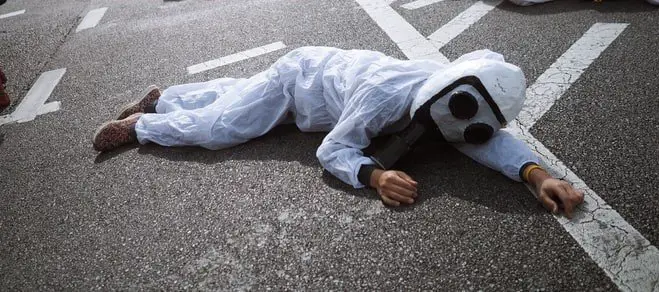
It is very difficult to measure the impact of radiation on the human body as nuclear radioactivity usually takes its toll on the body in a hidden manner.
Although one thing is very clear, these radiations cause serious long-term health problems along with acute radiation symptoms which include seizures and hair loss.
These problems are of such character that it is very difficult for the doctors to examine if they are actually caused by radiation or any other factor such as an unhealthy lifestyle.
Some health issues created by radiation include:
- Cardiovascular diseases
- Diseases of the nervous system
- Gastrointestinal diseases
- Diabetes
- Cancer
After the Chernobyl accident, the scientists monitored radiation effects on other human populations exposed to radiations from Ukraine and Russia. The people diagnosed with leukemia increased by 50% and different forms of cancer diagnoses increased by 40% from the year 1990 to 2000.
The most common type of cancer diagnosed in people exposed to Chernobyl incident radiations was thyroid cancer. Therefore, it can be seen that the potential health impacts on us are extremely detrimental and unexpected.
5. Hazardous Waste Cleanup
Cleaning up of inherent hazardous nuclear waste is very expensive and would have a negative impact on the health of workers involved in the cleanup.
Just as an example; Nuclear waste leak occurred below the forests of Northern Germany where a salt mine used as a ‘storage locker’ for nuclear waste (126,000 containers of radioactive waste) showed signs of collapse.
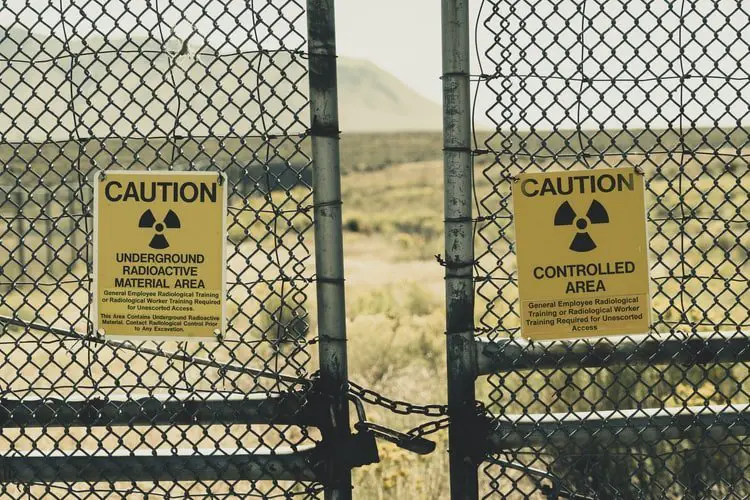
Get a Geiger counter ( Radioactivity tester) before you go near a Radioactive waste disposal site.
The transporting of nuclear waste also comes with many risks. If an accident happens during the transportation to the storage facility, the result on the environment would be devastating. Considering that some of the equipment is transported through densely populated towns and cities.
6. Reprocessing Nuclear Goods is Harmful!
The reprocessing of nuclear waste is very polluting and is one of the largest source of human-generated radioactivity in the world. While reprocessing, Plutonium is separated through a series of chemical reactions from the Uranium fuel. Plutonium is then used to build nuclear weapons or used just like new fuel to generate electricity.
Some people believe that the ability to reprocess nuclear fuel is one of our greatest treasures, but there are four reasons against it:
- Plutonium is amongst the most toxic substances ever known to humans. It is difficult to estimate its effects as it accumulates in liver and bones.
- Nuclear reproduction is not an all-time solution to the nuclear waste problem.
- The threat of nuclear proliferation increases by the extraction of plutonium extraction. One of the main chemical compounds used in nuclear energy is Plutonium.
- The reprocessing of nuclear energy is an extremely dirty and hazardous process.
The most common sources of nuclear waste
As discussed earlier, the nuclear waste is generated through the process of nuclear fission and fusion. Some of the waste is also produced at other stages of Nuclear fuel development which includes mining and processing of uranium for it to be suitable for use in the nuclear reactor.
See more: Where is Nuclear Energy Found?
Nuclear waste also comes from other uses of nuclear energy like Industrial use or nuclear weapons.
